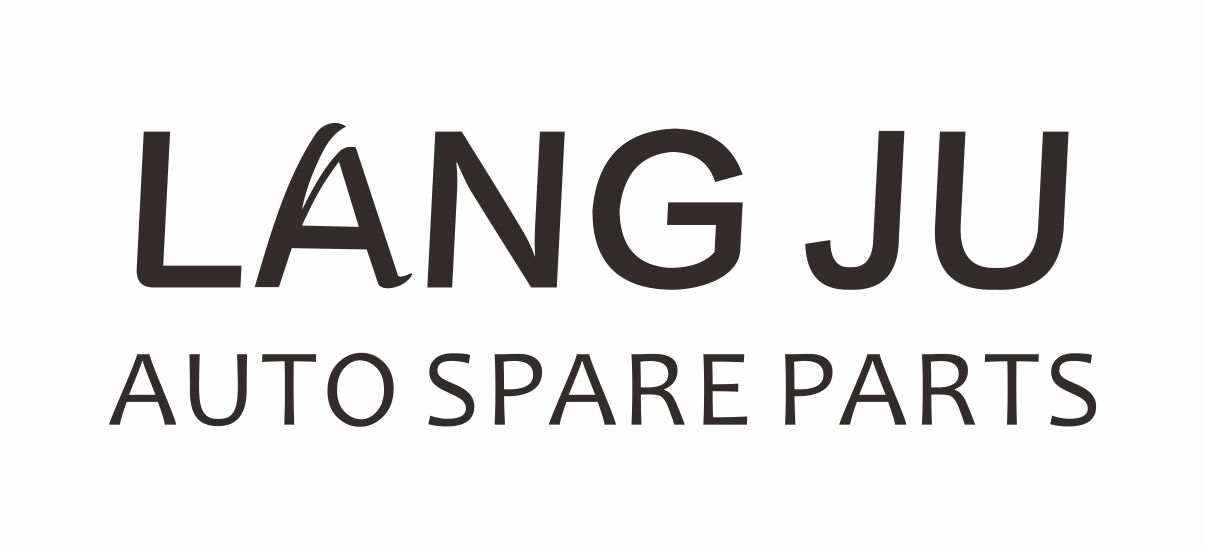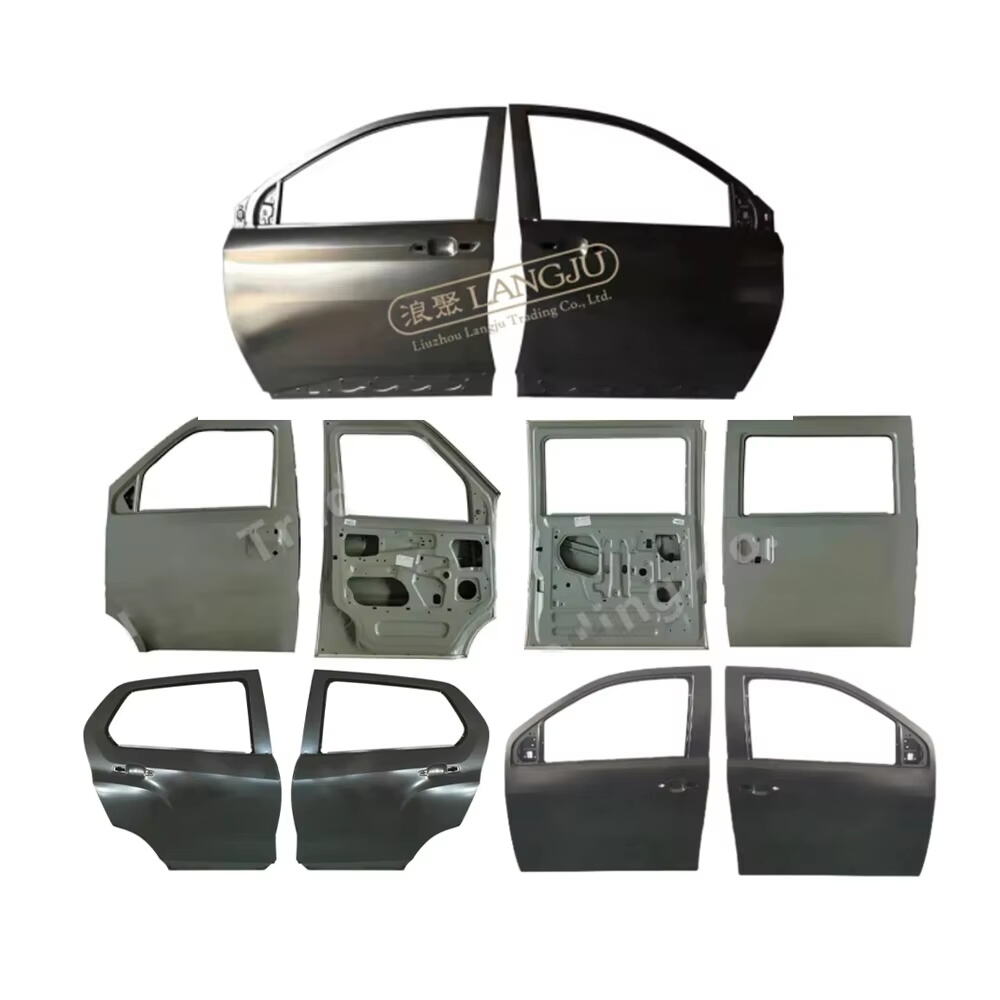Көлігіңіз үшін дұрыс бөлшектерді таңдау сіз ойлағаннан да маңызды. Сіз пайдаланатын бөлшектер көлігіңіздің өнімділігіне, қауіпсіздігіне және тіпті қызмет ету мерзіміне тікелей әсер етеді. Құрамдас бөліктерді ауыстыру немесе жаңарту туралы сөз болғанда, сіз екі негізгі нұсқаға тап боласыз: OEM және сатылымнан кейінгі бөлшектер. OEM немесе түпнұсқалық жабдық өндірушісі, бөлшектер тікелей көлік жасаушысынан келеді. Екінші жағынан, сатылымнан кейінгі бөлшектерді үшінші тарап компаниялары жасайды. Бұл опцияларды түсіну автокөлік бөлшектері қажеттіліктері үшін ақылды шешім қабылдауға көмектеседі.
Автокөлік бөлшектерінің қажеттіліктеріне қатысты негізгі ойлар
Бюджет және құн
OEM және қосымша бөлшектер арасында шешім қабылдағанда сіздің бюджетіңіз үлкен рөл атқарады. Егер сіз шектеулі қаржымен жұмыс істеп жатсаңыз, кейіннен сатылатын бөлшектер көбінесе жақсы таңдау болып көрінеді. Олар әдетте OEM бөлшектерінен арзан, сондықтан оларды дәстүрлі жөндеулер немесе маңызды емес компоненттер үшін тартымды етеді.
Сапа және өнімділік
Сатудан кейінгі бөлшектердің барлығы бірдей жасалмайды. Кейбір OEM бөлшектері сапасы жағынан бәсекелеседі, ал басқалары жетіспейді. Сатудан кейінгі бөліктің сапасын бағалау үшін өндірушіні зерттеуден бастаңыз. Беделді брендтер көбінесе сенімді компоненттерді өндіру тәжірибесіне ие. Тұтынушылардың шолулары мен бағалаулары сонымен қатар бөлшектің нақты әлем жағдайында қаншалықты жақсы жұмыс істейтіні туралы құнды түсініктер береді.
Кепілдік және қайта сату құны
Бөлшектерді таңдау көлігіңіздің кепілдігіне әсер етуі мүмкін. Көптеген өндірушілер кепілдікті сақтау үшін жөндеуге OEM бөлшектерін пайдалануды ұсынады. Егер сіз сатылымнан кейінгі бөлшектерді орнатсаңыз, кепілдіктің күшін жою қаупі бар, әсіресе бөлшек зақымданса. Бұл сізге қымбат жөндеу жұмыстарына жауапты болуы мүмкін.
Көліктің түрі және қолданылуы
Егер сіз сәнді немесе өнімділігі жоғары көлік құралын жүргізсеңіз, OEM бөлшектері жиі мағыналы болады. Бұл көліктер дәл инженериямен жасалған және әрбір құрамдас ең жоғары өнімділікті қамтамасыз етуде маңызды рөл атқарады. OEM бөлшектерін пайдалану сіздің көлігіңіздің бастапқы сапасы мен өнімділік стандарттарын сақтауын қамтамасыз етеді.
Автокөлік бөлшектерін табу және пайдалану бойынша практикалық кеңес
OEM бөлшектерін қайдан сатып алуға болады
Сізге OEM бөлшектері қажет болғанда, уәкілетті дилерлер сіздің ең жақсы ставкаңыз болады. Бұл дилерлер көлік өндірушісімен тікелей жұмыс істейді, сондықтан олар сататын бөлшектердің көлігіңіздің бастапқы сипаттамаларына сәйкес келетініне сене аласыз. Дилерге бару сіздің көлігіңіз үшін арнайы жасалған түпнұсқа компоненттерді алуды қамтамасыз етеді. Интернетте сатып алуды қаласаңыз, өндірушімен байланысты тексерілген платформаларды ұстаныңыз. Көптеген автомобиль брендтерінің ресми веб-сайттары немесе сертификатталған интернет-дүкендері бар, онда сіз OEM бөлшектеріне сеніммен тапсырыс бере аласыз.
Кейінгі бөлшектерді қайдан сатып алуға болады
Сатудан кейінгі бөлшектер кеңінен қол жетімді, бірақ барлық сатушылар сенімді емес. Дәлелденген тәжірибесі бар беделді үшінші тарап бөлшек саудагерлеріне жабысыңыз. AutoZone, Advance Auto Parts немесе NAPA Auto Parts сияқты дүкендер бастау үшін тамаша орын болып табылады. Бұл бөлшек саудагерлер көбінесе саудадан кейінгі брендтердің кең таңдауын ұсынады, бұл сізге таңдаудың көптеген нұсқаларын береді. Олардың беделі салалық стандарттарға сәйкес келетін бөлшектерді алуды қамтамасыз етеді.
OEM бөлшектерін қашан пайдалану керек
OEM бөлшектері кепілдікті жөндеу үшін таңдау болып табылады. Көптеген өндірушілер сіздің көлік құралыңыздың кепілдікпен қамтылуын сақтау үшін OEM бөлшектерін пайдалануды талап етеді. Егер сіз зауытқа зауытты жапқан кезде зауыттың зауыты зақымдалса, кепілдіктің күші жойылып, қымбат жөндеулер үшін өзіңіз жауапты боласыз.
Егер сіз болашақта көлігіңізді сатуға жоспарласаңыз, OEM бөлшектерін пайдалану оның қайта сату құнын арттырады. Сатып алушылар көбінесе OEM бөлшектері бар көліктерді жақсы күтіп-ұсталған және сенімді деп санайды. Бұл бөлшектер сапаға басымдық беріп, көлікті бастапқы күйіне жақын ұстағаныңызды көрсетеді.
Кейінгі бөлшектерді қашан пайдалану керек
Маңызды емес жөндеу жұмыстарымен айналысқанда немесе көлігіңізді жаңартқыңыз келсе, сатылымнан кейінгі бөлшектер жарқырайды. Бұл бөлшектер сіздің көлігіңізді банкті бұзбай теңшеуге мүмкіндік беретін кең ауқымды опцияларды ұсынады. Тозған еден төсенішін ауыстырсаңыз немесе стильді спойлер қоссаңыз да, сатылымнан кейінгі бөлшектер сізге сапарыңызды жекелендіруге еркіндік береді.
Егер сіз ескі көлікті жүргізсеңіз, қосалқы бөлшектер құтқарушы бола алады. Көлік құралдары қартайған сайын OEM бөлшектерін табу қиынырақ және қымбатырақ болады. Өндірушілер жиі тоқтатылған модельдер үшін бөлшектерді шығаруды тоқтатады, бұл сізге шектеулі опцияларды қалдырады. Сатудан кейінгі бөлшектер ескі көліктерге қолжетімді шешімдер ұсына отырып, бұл олқылықты толтырады.
OEM және кейінгі бөлшектерді таңдау сіздің басымдықтарыңызды түсінуге байланысты. OEM бөлшектері сенімділік пен дәлдікті ұсынады, ал сатылымнан кейінгі бөлшектер қолжетімділік пен әртүрлілікті қамтамасыз етеді. Әрбір опцияның күшті және әлсіз жақтары бар және дұрыс таңдау сіздің бюджетіңізге, сізге қажет сапаға және көлік құралының нақты талаптарына байланысты.

